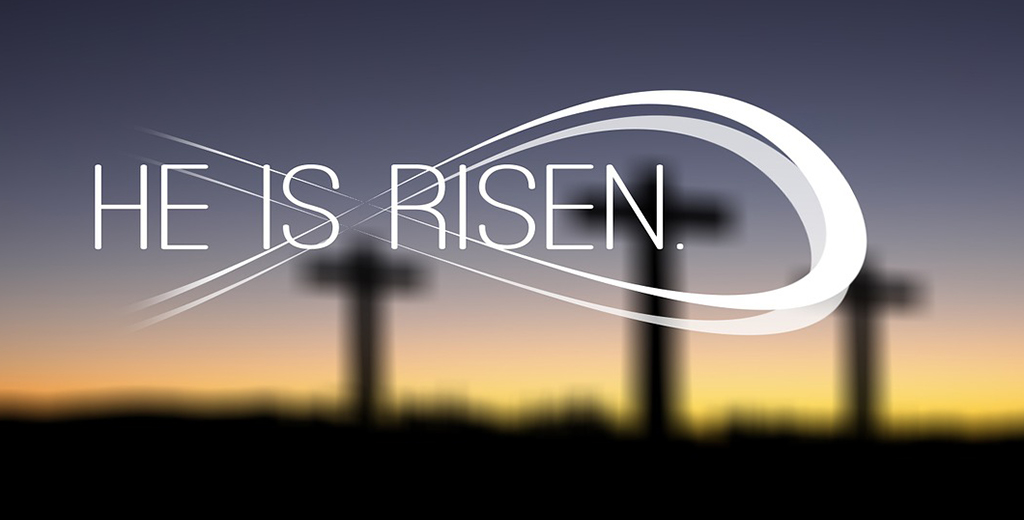Between the Manger and the Cross
The opening scene is a Manger, the closing scene is a Cross. The screenplay requires soft lighting in the Manger and a scorching sun, blistering a small hill called Golgotha. It is about a life between a stable and a Cross...
The main Character lies cosy and warm in the Manger. The aroma of dust and myrrh wafts around Him. It is simple, yet royal. Wise men bring honour; a rooster clucks in a corner, watching the Son of a King from the corner of his eye. The mother smiles, but a tear runs down her cheek, because she knows, as just a mother can, the road that this Child will have to walk. A light stands on a box, fighting to keep the darkness at bay. It tells of the Light that has arrived to fight the dark in the world outside.
Later the Child is not recognised for the King that He is. He is threatened, robbed of his dignity, loathed and betrayed.
Eventually he is crucified on the hill that resembles a skull. His body is ruined and the masses chant, "Crucify Him".
Crown of thorns;
Blood;
Sputum;
Vinegar.
A drop of sweat rolls from his forehead and plunges in the dust.
Then, “My God, my God, why have You forsaken me?”
It is our journey too. We find ourselves on the winding road between Bethlehem and Golgotha. We live between the Manger and the Cross every day. It is our very own Via Dolorosa. Next to the Manger we smile. We trust, we hope, we believe. Nearer the Cross we are gloomy, cynical, beaten and dejected.
So, we live. Each of us lives a see-saw existence. We manage within the maelstrom of life. We survive somewhere between the euphoria of the Manger and the tragedy of the Cross. Is that not a normal life? Should real life be only sweet and good? Does life not require us to experience every emotion between the Manger and the Cross fully? Should we not know the sombre moments of life to understand the wonder of other moments? Or, is life simply sombre?
We want snow in summer. We have a lust for flowers in winter. Very often we do not fully walk within the rhythm of the moment that we experience. Eventually it seems as if the trick is to experience God in each moment. We cannot only know the Child in the Manger. We have to know the Man on the Cross too. Our spiritual journey through life has a natural rhythm of ebb and flow. We should get to know it better as we move closer to the mystery of God. Sometimes our journey takes us past the Manger, at other times it leaves us defeated on Golgotha. Life is not just summer.
It is true that each of us is somewhere between Bethlehem and Golgotha, somewhere between the Manger and the Cross. It is our own Via Dolorosa. Some people end the journey in ashes at Golgotha. Others, like you and me, may find it categorically different. Quite contrary to the closing scene, the story does not end when His last breath leaves the battered body. Just beyond the Cross is a grave where the cloths lie, neatly folded. There is a twist in the climax. The last breath is not the end, it is a new beginning.
We share stories of men working at sea. Some are full of hope next to the Manger in Bethlehem. Others are without hope and sombre on Golgotha, the hill that resembles a skull. The CSO's story is intertwined with those of the people of the sea. Each day is intertwined with the message that it does not matter where you find yourself on the journey. There is an empty grave at the end and God is present in each moment, from Bethlehem to Golgotha.

